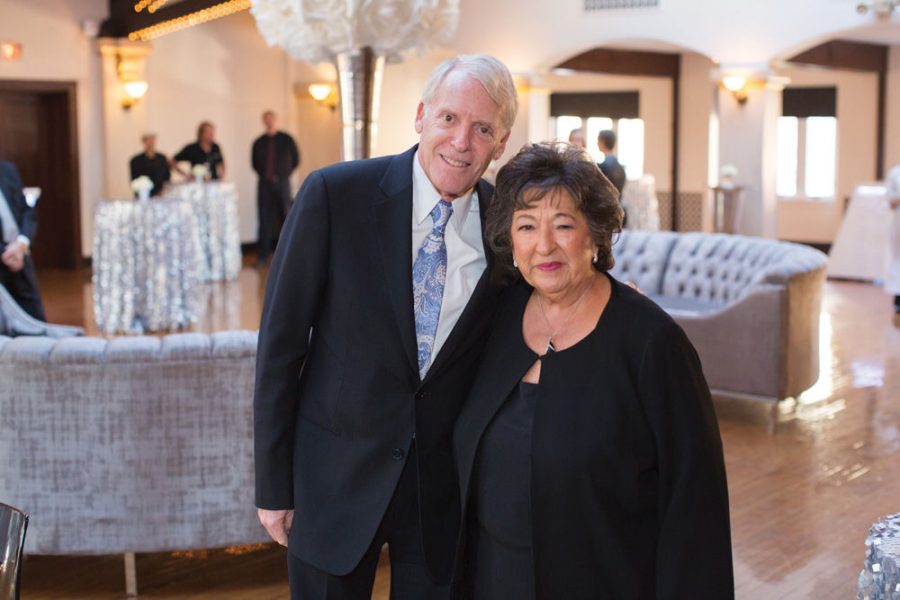Tracing the paper trail of history
Published August 8, 2019
I picked up a copy of “The Pharaoh’s Treasure: The Origin of Paper and The Rise of Western Civilization,” by John Gaudet published last fall. What a fascinating read it was.
In his author’s note, Gaudet says, “When is paper not paper? Many modern dictionaries and writers reserve the term paper for modern paper made from wood and rag pulp. Since paper made from papyrus was made with thin strips rather than from pulp, it is often placed in the category of ‘writing materials,’ and falls outside the modern classification for paper, even though the Victorians called it ‘natural paper.’”
Gaudet says that the problem around the practice of referring to paper in the modern sense as modern rag paper does a disservice to a medium, papyrus, which served human civilization so well for thousands of years. He asserts that it deserves its own special spot in the pantheon of intellectual history, alongside the invention of the personal computer and the Gutenberg press.
In “Paper, Paging through History,” author Mark Kurlansky says, “Paper is the center of so many of the elements of the development of civilization — it’s about communication and writing and thinking and art and science and architecture and math and political movements.” Anthony Grafton of The New York Times praises Kurlansky’s book on paper and says it’s a history of cultural transmission and follows paper across borders and oceans.
Wikipedia describes paper as a thin unwoven material made from milled plant fibers and is primarily used for writing, artwork, and packaging, and is commonly white.
The first papermaking process was documented in China during the Eastern Han period (25-220 CE), traditionally attributed to the court official Cai Lun. During the 8th century, Chinese papermaking spread to the Islamic world where pulp mills were used for papermaking and moneymaking. By the 11th century, papermaking was brought to Europe. By the 13th century, papermaking was refined with paper mills utilizing waterwheels in Spain. Later, European improvements in the papermaking process came in the 19th century with the invention of wood based papers.
And of course papermaking spread to America. Benjamin Franklin was actually in the rag business and owned paper mills. An article in “HQ Paper Maker” states, “Paper has been used for many purposes, not just literature, but for war plans, the creation of the dollar bill and of course to give the ability to people at home of producing their own writing in physical form for hundreds of years. Paper is vital to the organization of modern business and the economy, and for entertainment purposes such as magazines and newspapers.”
An article in the St. Louis Post Dispatch a few years back entitled “Commonly a Canvas, Paper Becomes the Art Itself” quoted mixed-media artist Jo Stealey, “We think of paper as something we write on, that books are printed on, something we can hold in our hand. We think of it as something we print on but don’t think of it as the art itself, as the canvas itself, as the sculpture itself.”
Paper itself, however, was the art, the canvas and the sculpture, in “Raw Potential,” an exhibition that was curated by Stealey at Craft Alliance several years ago.
There are colleges and universities all over the country, which have excellent art departments that sometimes specialize in printmaking and papermaking. Author May Babcock talks about papermaker Hong Hong who went to the famous Lamar Dodd School of Art at the University of Georgia, which has a great papermaking facility. Hong proves that papermaking is an art in itself.
Joan Hall, who previously was a revered professor at Washington University, has moved to Rhode Island and is known for being one of the preeminent handmade paper artists in the United States. She also specializes in creating mixed media art using glass, paper and metal to create art that expresses her experiences and thoughts in a completely unique and memorable way. She has had exhibitions all over the world.
Tom Lang at Webster University is chair of the art department and a professor of printmaking and papermaking. His former student Megan Singleton was artist-in-residence at Craft Alliance and does meaningful mixed media work.
There is an International Association of Hand Papermakers and Paper Artists. Georgia Tech has a Papermaking Museum with the famous Dard Hunter’s collections.
Cassiodorus in 527 A.D. said, “Then was paper discovered, and therewith was eloquence made possible. Paper, so smooth and so continuous, the snowy entrails of (papyrus stems): paper which can be spread out to such vast extent, and yet be folded up into such a little space.”
Whether one is flying a paper airplane or composing brilliant lines of poetry, paper is one of the magnificent wonders of the world.
For more of Nancy Kranzberg’s commentary, listen to KWMU (90.7) St. Louis on the Air the first Friday of each month at approximately 12:50 p.m. She also hosts a weekly Arts Interview podcast for KDHX (88.1), available at artsinterview.kdhxtra.org.














